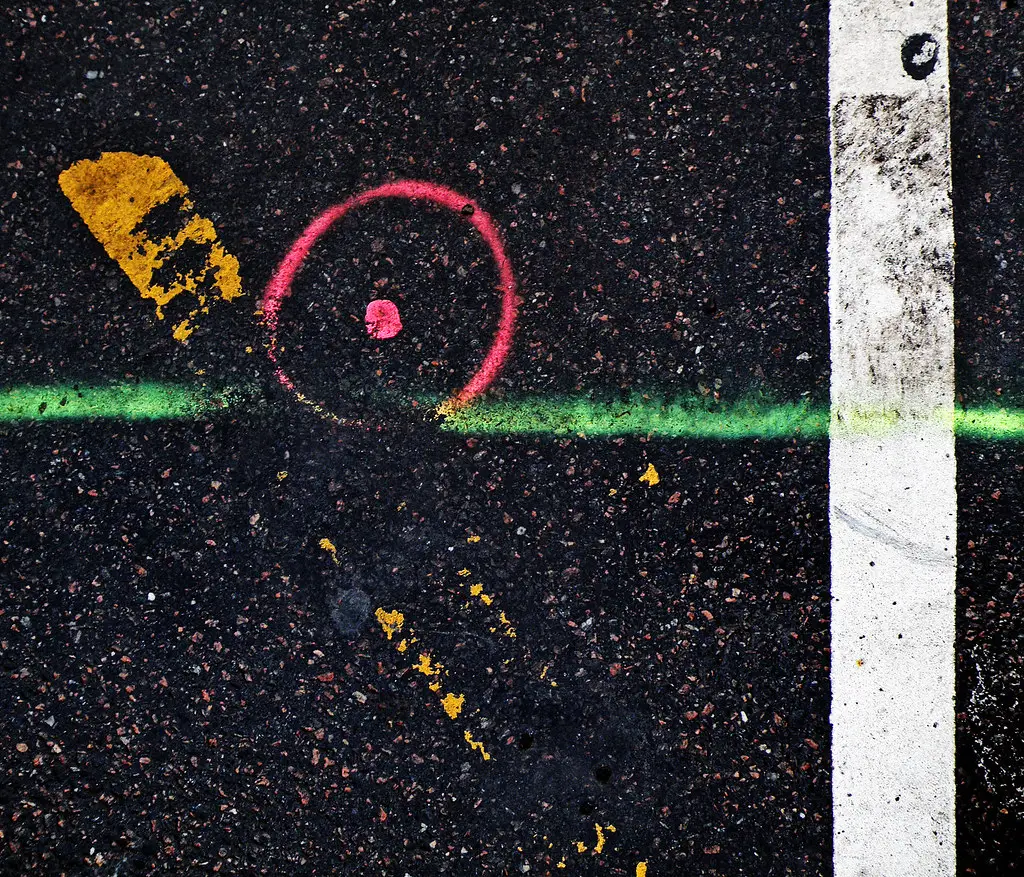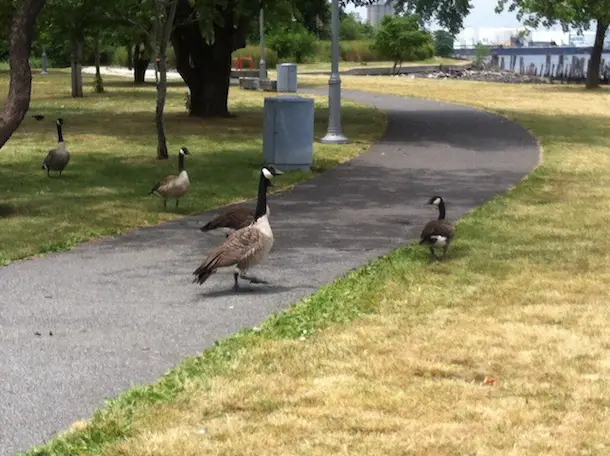Creating Safer Streets for People, One Parking Space at a Time
Earlier in the month I spent a day with Innes and Ruben from Stiftung Freizeit transforming Berlin’s car parking spaces into spaces for people (and shared some photos from the process on This Big City). We believe that streets and public spaces should be for everyone, and should address the needs of children, an ageing population, people with disabilities, pedestrians and cyclists.
Our work was inspired by PARK(ing) Day – an event started in 2005 by Rebar to raise awareness about the lack of green spaces in San Francisco’s downtown. It transformed an on-street car park into a ‘people park’ by temporarily providing turf, seating and shade, and was based on the idea that paying for a parking meter is like ‘renting’ a public space. Since then, the PARK(ing) Day concept has been creatively adapted and sparked imaginations around the world. In 2008 there were over 200 PARKs in 50 major cities, including New York, London, Los Angeles, and as of a few weeks ago, Berlin!
Our event was called Labplatz and was part of the BMW Guggenheim Lab. It was an experiment which aimed to encourage an understanding of the importance of urban public space, rethink the way we use and want to use our streets, and generate discussion around how we make cities and urban spaces people friendly.
At 12 noon, nearby streets were car dominated. From 2pm onwards we had ice carving, a cooking school, giant board games, giant Connect Four, pancake making, a bicycle building workshop, a dance floor, a 1m house, a swimming pool, a picnic park and even more. We also collaborated with Berlin superstar Joe Hatchiban who loaded his mobile sound system into a cargo bike and rode around the local streets searching for interesting places and people for a mobile karaoke party. By 3pm people were enjoying the road space, kids were playing and neighbours were having conversations in the road.

That evening, back in the Lab, Ben Hamilton-Baillie spoke about street design and place-making, focusing on new approaches to traffic engineering, speed, safety and civility. Ben asked ‘will city streets of the future be like ice rinks?’, explaining that whilst ice rinks have the potential to be dangerous (people bumping into one another, travelling at different speeds, stopping without warning and those like me who hold the rail and create congestion!), experts and beginners manage to interact together with everyone having a great and safe time.
So should we apply the ice rink approach to streets and traffic?
For many years, planners, designers and engineers believed that separation was the only way to deal with traffic: under-passes, over-passes and bypasses. In many cities, public space ends at the kerb, and pedestrians ask for permission to cross the road by pressing a button. Sometimes things are a little more impeding and we are ushered, by safety fencing and barriers, to a point choose by A N Other. If the design wasn’t enough, past pedestrian safety campaigns have even used advertising slogans like ‘one false move and you’re dead’. Feeling welcome yet?
If we want to make streets safe and create cities for people not traffic, we need to take a new approach. We need bold politicians who make real changes, people like Janette Saidk-Khan and Enrique Peñalosa. We need to stop using signage to defend poor urban design and traffic engineering schemes. Traffic models alone are not enough – we need to better understand human behaviour, responding to individual circumstances, places and people and not just predicted traffic volumes. Finally, streets need to become more flexible, evolving their purpose based on peak hour, off peak and seasonal variations. Just like we saw in Berlin, and are beginning to see in cities all over the world.
You can follow more of my findings and recommendations from the BMW Guggenheim Lab at cyclingrachelsmith.com, and check out our video from Labplatz below.


